As winter slowly turns into spring, the bulbs are pushing up through the cold soil across the country and householder’s minds are turning to gardening.
There is always plenty to do in the garden in winter and spring, readying it for the year ahead — whether you grow your own fruit and veg, enjoy planting a dazzling array of flowers, or simply like to keep on top of the maintenance.
Winter and early spring can include garden tasks such as pruning shrubs, prepping flower beds, ordering and planting new perennials and shrubs, and clearing the lawn of leaves.
New gardeners are always surprised by the amount of waste produced by their activities and, if you’re a new gardener or have recently moved house and acquired a garden, you may be wondering what to do with all this garden waste.

Where you can source a garden waste bin
Most local councils provide households with a garden waste wheelie bin — however, if you don’t already have one outside your home, you may need to request one; head to the waste and recycling page on your local authority’s website to find out more.
Please note that most local councils charge a fee for collecting garden waste as it isn’t a statutory service — this tends to be an annual fee and, at the time of writing, the charge varies from £22 to £96 around the country.
Some councils will charge you for the garden waste bin or a collection bag on top of the annual fee, but some include it in the cost.
If you’d prefer to buy a garden wheelie bin for yourself, then you can browse our collection here.
What colour is a garden bin?
Garden bins are often brown or green — however, this varies from area to area.
Please make sure you double-check which colour and size your local council uses before you place an order with us — again, this information can be found on their website.
What you can put in a garden waste bin
The rules for what you can put in your garden waste bin differ slightly between local authorities but below is a list of items that are usually allowed and collected:
- Grass cuttings
- Hedge cuttings
- Dead flowers and garden plants
- Bark, small branches and twigs
- Weeds (but not giant hogweed or Japanese knotweed)
- Leaves
The below items are not usually allowed in your garden bin:
- Fruit and vegetables
- Other food
- Compost
- Soil
- Rocks
- Turf
- Large branches
- Planks of wood
- Pet waste
- Cat litter
- Hair
- Stone
- Gravel
- Pet bedding and straw
- Plant pots and seed trays
Some of the items on the 'unallowed' list might be able to be placed in one of your other household bins, so check the list for each carefully.
Any waste that can’t be placed in a household bin either needs to be taken to your local recycling centre for disposal or collected from your home by the council or a waste management company in a one-off collection.
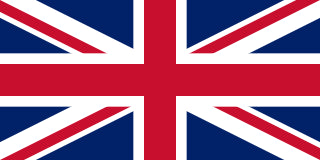



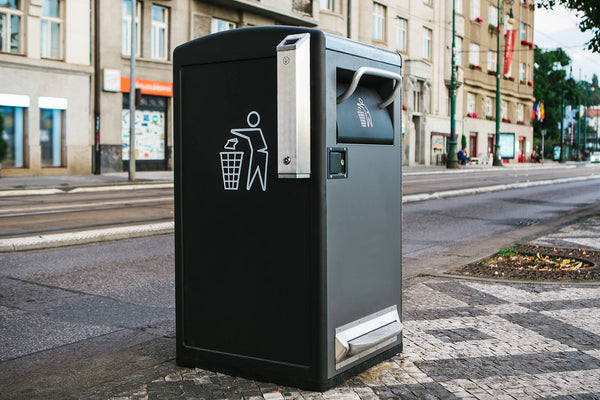
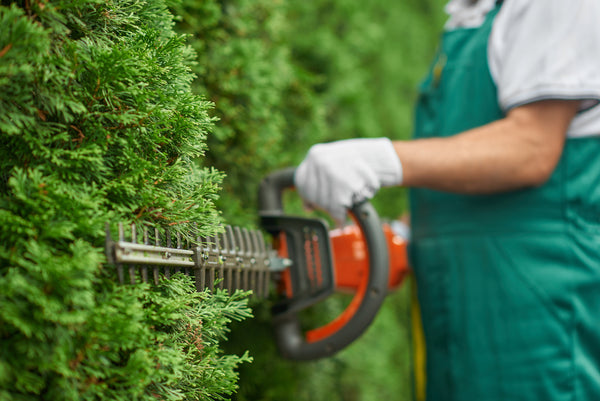
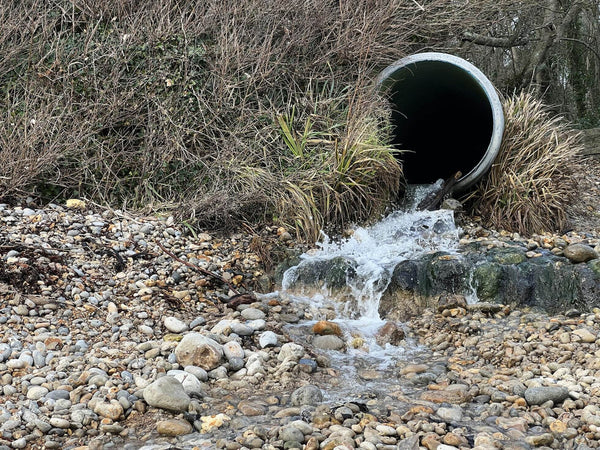
Craig Pryce
With over 17 years of experience in the waste and recycling industry, Craig is passionate about making recycling easier and reducing the negative impact of litter. He has been the managing director of Wheelie Bin Solutions (WBS) since January 2016, and prides the company on his expert knowledge, top-quality products, and customer service. His proudest moment was when WBS supported the 2012 Olympic Games, working in partnership with Contenur UK to supply over 9000 bin containers to all Olympic venues. Craig is always keen to share his knowledge, so whether you need advice about the benefits of a wheelie bin lock, or ideas for alternative uses for your wheelie bin, Craig will ensure your recycling and waste disposal habits are gold medal worthy.